Hiking the Inca Trail is one of those experiences that marks a before and after in your life. It’s not just about reaching Machu Picchu by foot, but about everything that happens along the way: the landscapes, the history, and the connection with nature and with yourself.
For four days, you walk along paths that the Incas built centuries ago, crossing mountains, cloud forests, and archaeological sites hidden high in the Andes. It’s a demanding journey, but it’s also deeply rewarding.
The Beginning of the Trail
The trek starts at kilometer 82, near Ollantaytambo. From the very first moment, the surroundings are impressive: the Urubamba River accompanies the journey and the mountains rise silently on either side. As you move forward, archaeological remains like Llactapata appear, giving you a first taste of what it means to walk through living history.
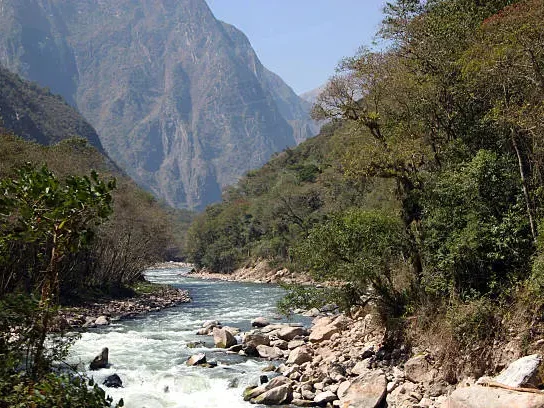
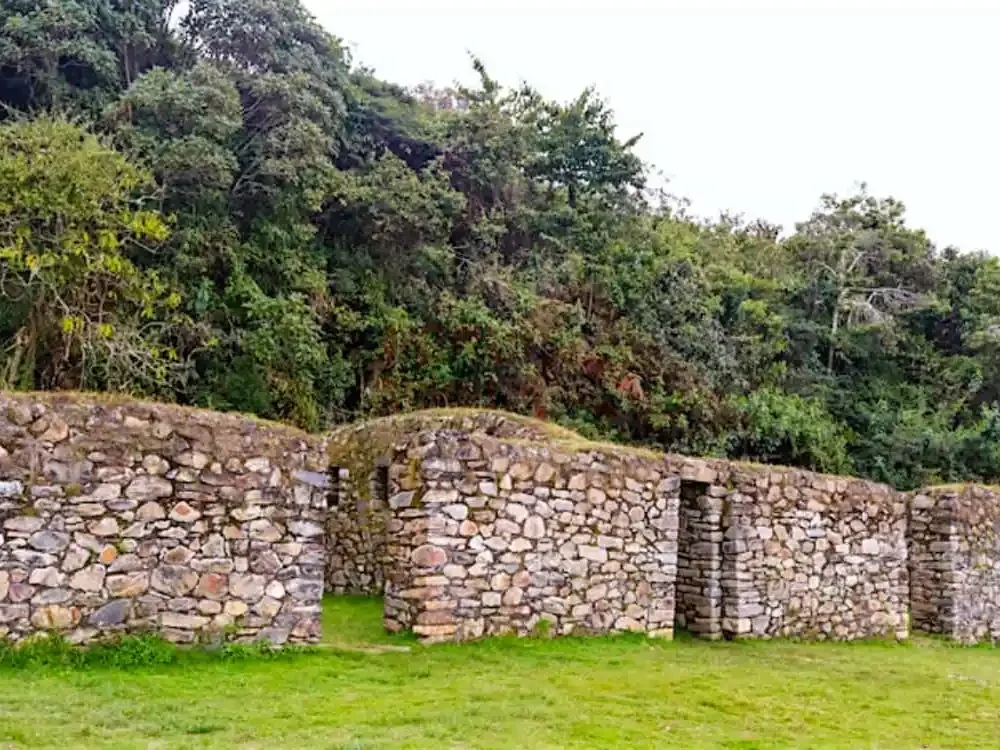
The first day is ideal for acclimatizing and getting into a rhythm. You start to feel the altitude, but also the excitement of being on a unique journey.
The Ascent That Puts You to the Test
The second day is the most physically challenging. The trail climbs to over 13,780 feet (4,200 meters) above sea level, at Warmiwañusca Pass, also known as “Dead Woman’s Pass.” The climb is slow and demands patience, but the view from the summit rewards everything.
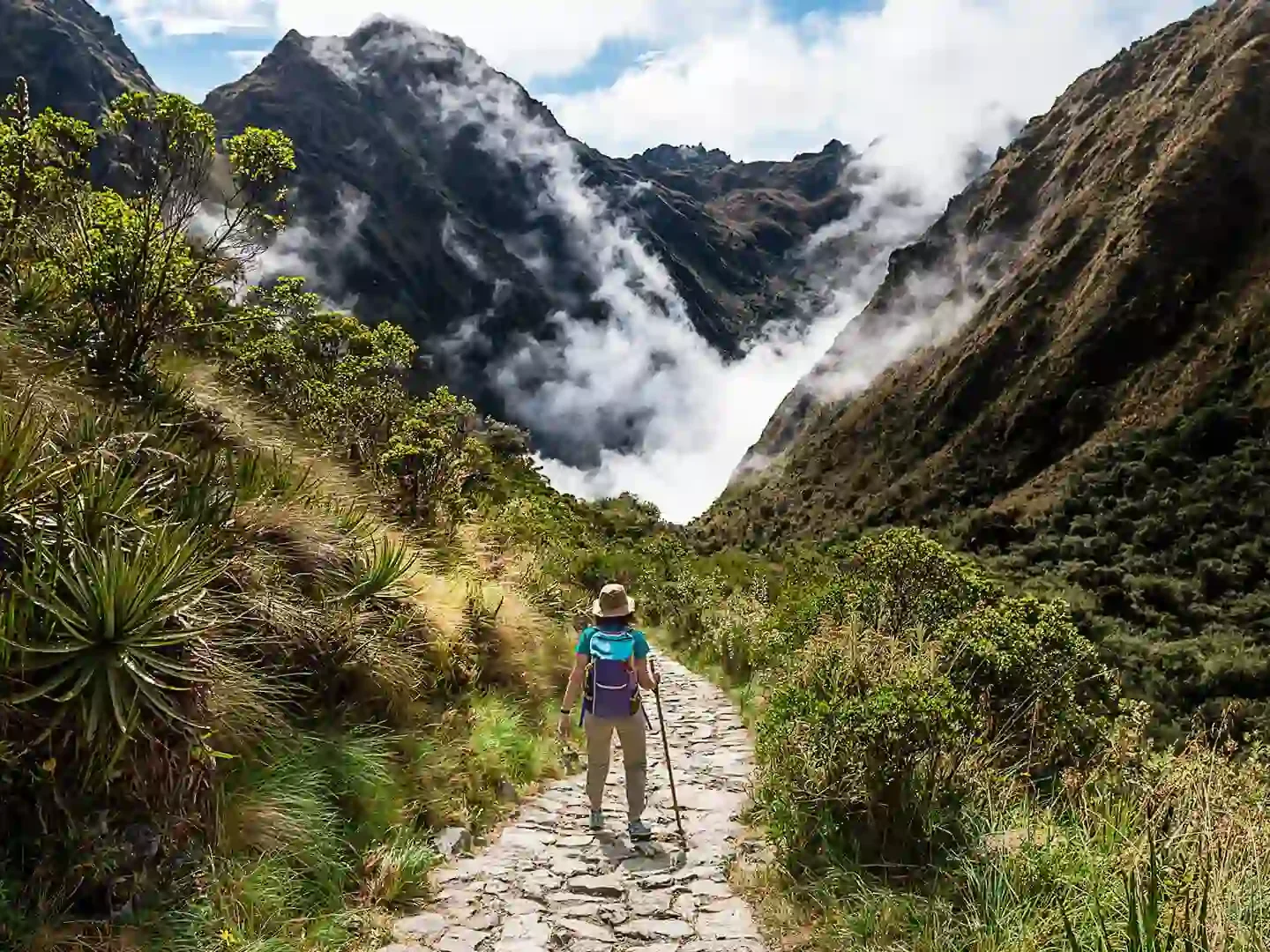
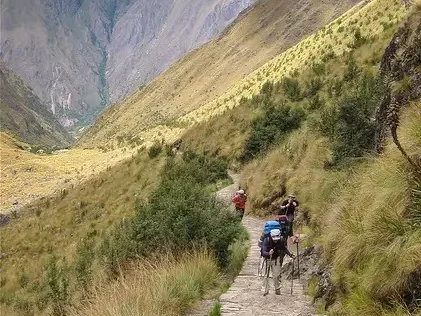
From there, the descent begins toward the next campsite, with a landscape that changes constantly: deep valleys, Andean flora, birds crossing the sky… and that characteristic silence of the mountains.
History, Nature, and Culture on the Way
The third section of the journey passes through some of the most impressive archaeological sites on the trail: Runkurakay, Sayacmarca, Phuyupatamarca, and finally Wiñayhuayna, an architectural jewel hanging on the hillside.
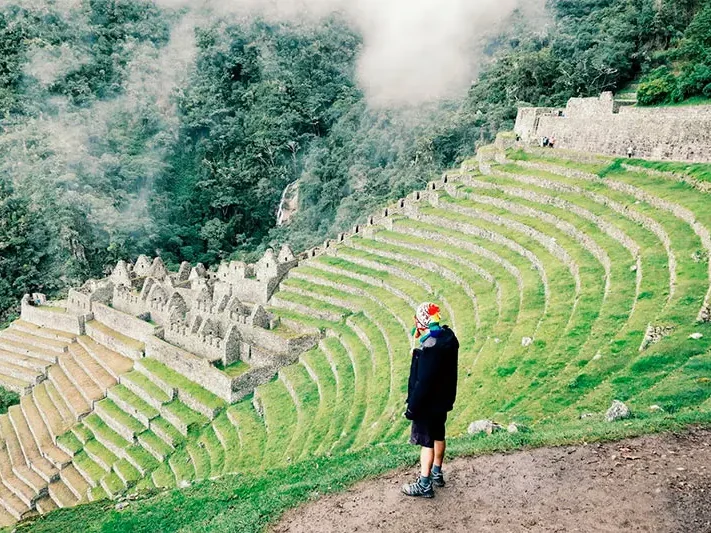
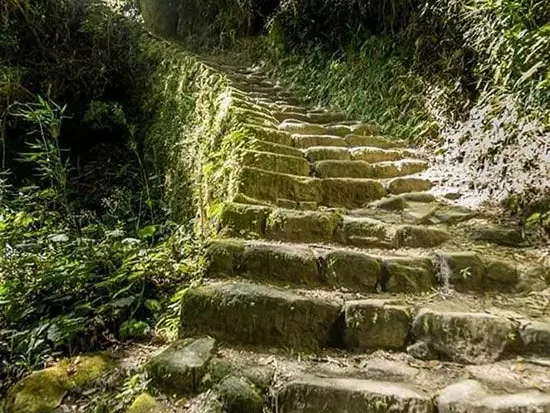
The trails become greener, with stretches of cloud forest that seem straight out of another world. Stone staircases, tunnels, natural viewpoints… Everything feels purposefully designed, in harmony with the surroundings.
The Great Moment: Arrival at Machu Picchu
The final day starts at dawn. Flashlight in hand, you walk in silence toward the Sun Gate (Inti Punku), from which you see the citadel of Machu Picchu for the very first time. It’s an emotional moment. Not just because of the view, but because you arrive on foot, after having traveled the path with effort, respect, and admiration.
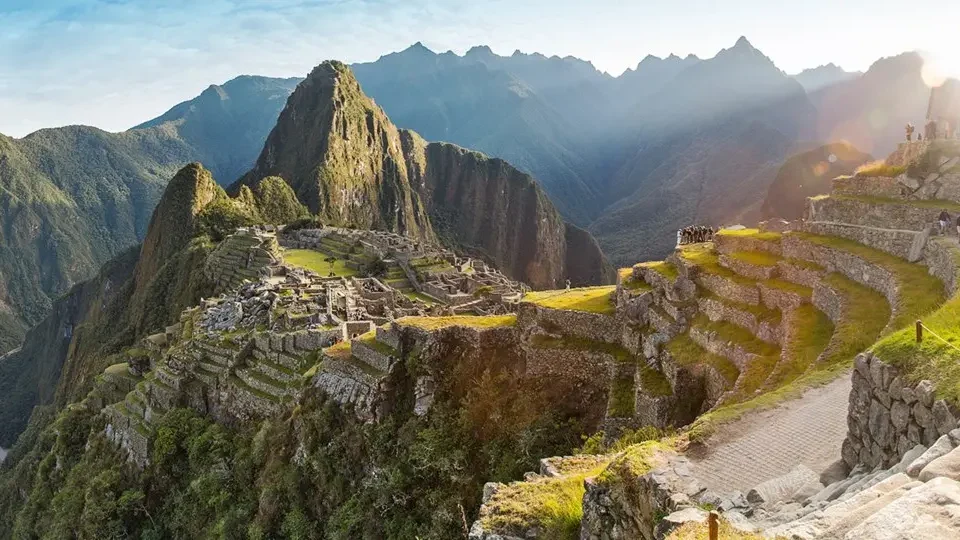
After touring the citadel with a guide, you descend to Aguas Calientes and begin the return journey, with a full heart and a happily tired body.
Tips for Those Who Want to Do It
- Acclimatize: Spend at least two nights in Cusco before starting to adapt to the altitude.
- Travel light: Bring only what you need; the support team will transport the rest.
- Dress in layers: The weather is highly variable. The sun is strong during the day, but the nights are cold.
- Book in advance: Permits are limited and sell out months ahead of time.
An Experience That Goes Beyond the Trekking
The Inca Trail isn’t just a route to one of the wonders of the world. It’s an experience that invites reflection, awe, and a deep connection with history and nature.
Beyond the photos or personal achievements, what remains are the shared moments, the unforgettable landscapes, and the feeling of having been a part—even if just for a few days—of something much bigger than yourself.







https://shorturl.fm/lOTP7
https://shorturl.fm/51knk
https://shorturl.fm/IegeZ
https://shorturl.fm/oCnuH
https://shorturl.fm/Dw984
https://shorturl.fm/CIQI0
https://shorturl.fm/VpWQK
https://shorturl.fm/vYD1o
https://shorturl.fm/lN4lw
https://shorturl.fm/AxJaZ
https://shorturl.fm/ncjUI
https://shorturl.fm/9aLt5
https://shorturl.fm/A4OCk
https://shorturl.fm/bzjTH
https://shorturl.fm/sAioL
https://shorturl.fm/VzjZo
https://shorturl.fm/p8ptA
https://shorturl.fm/F4aSr
https://shorturl.fm/aabrU
https://shorturl.fm/DjNx1
https://shorturl.fm/bJc74
https://shorturl.fm/uVuHk
https://shorturl.fm/XE3nD
https://shorturl.fm/YafKa